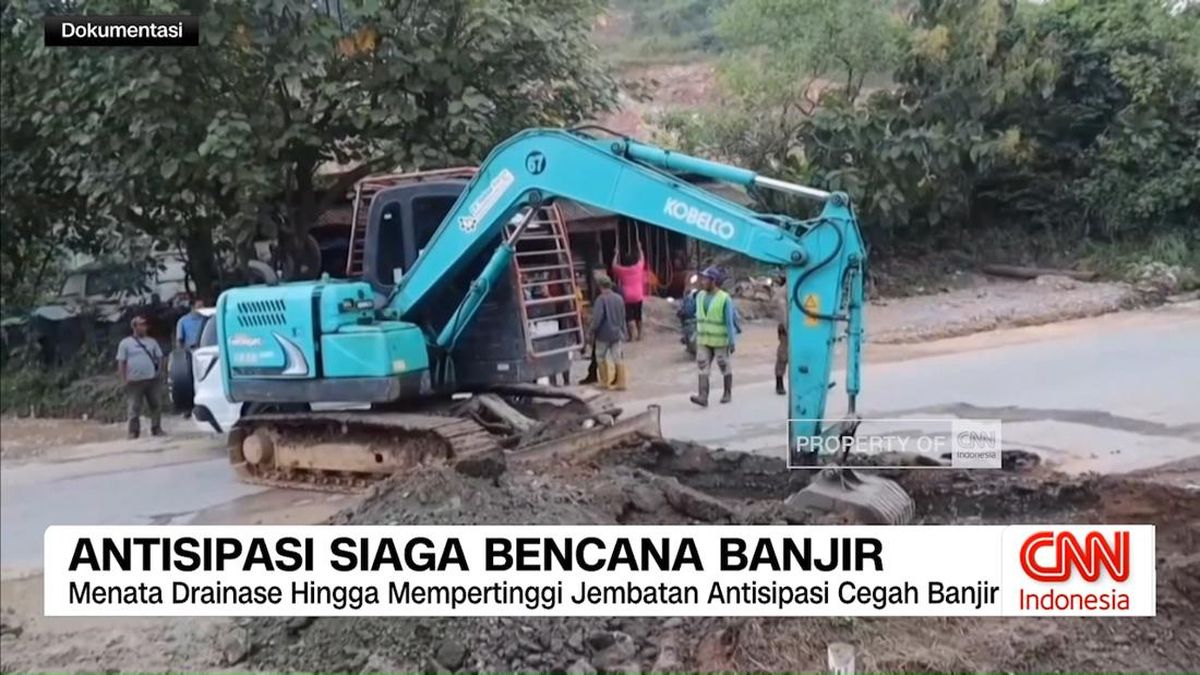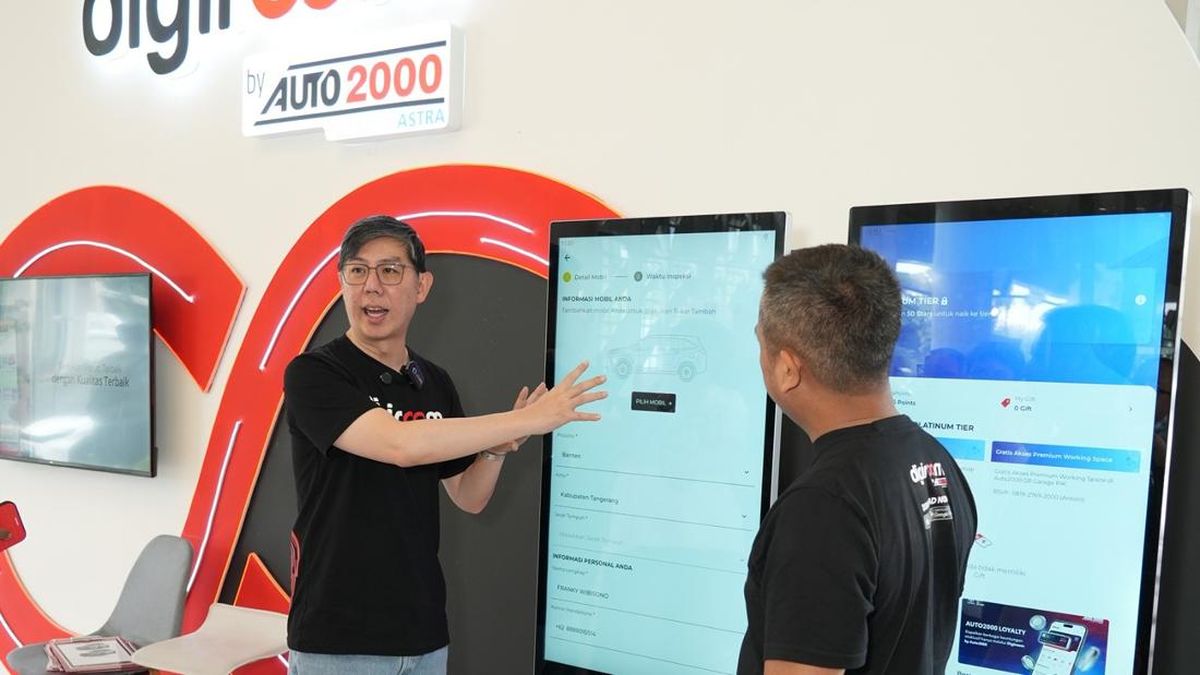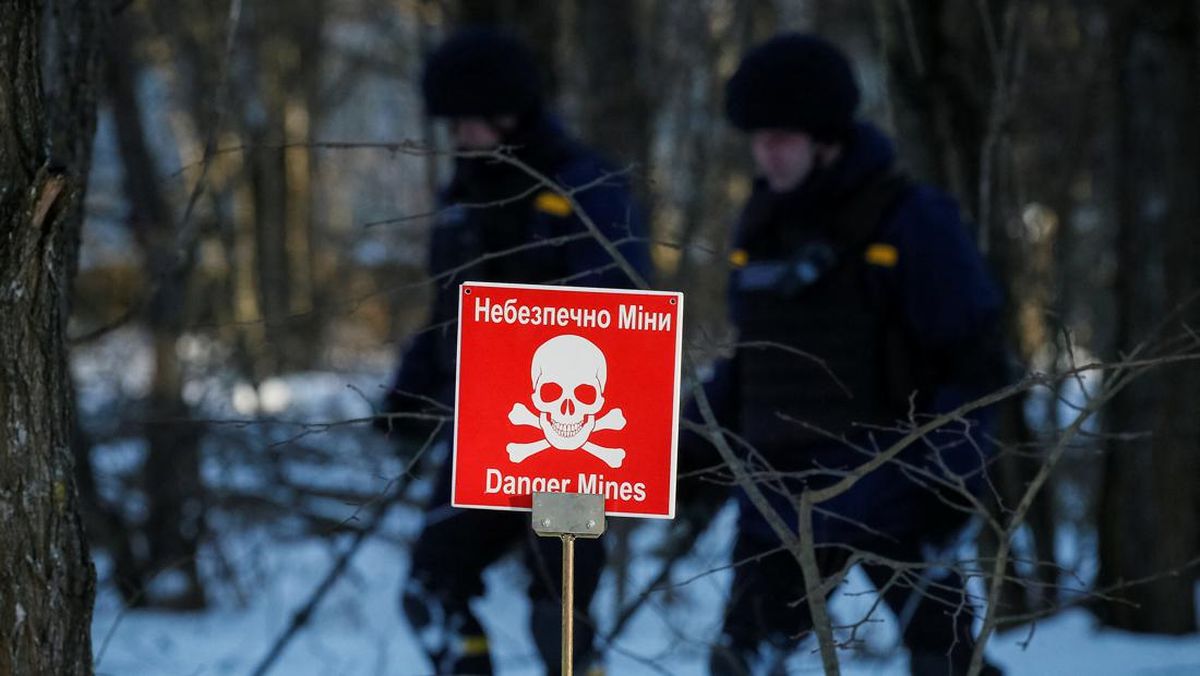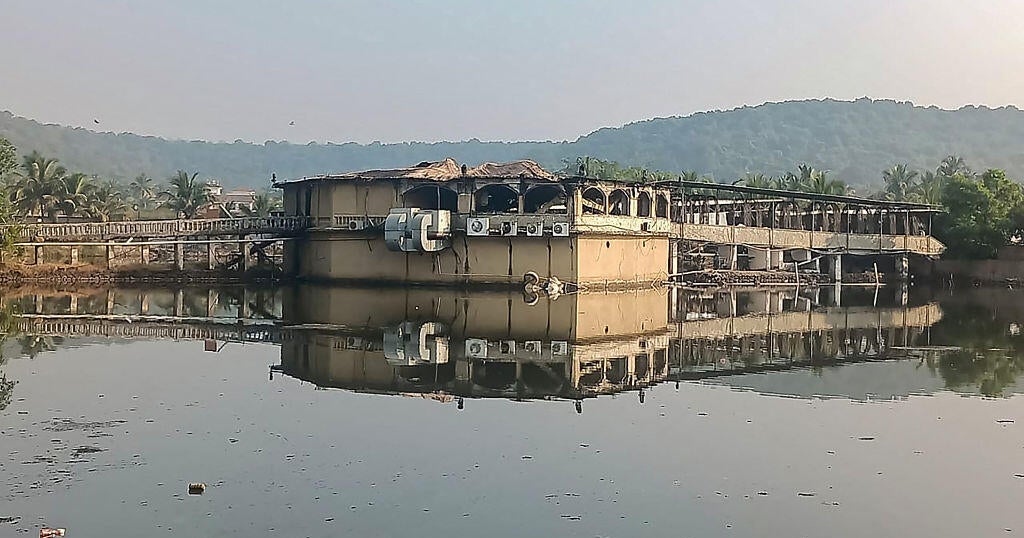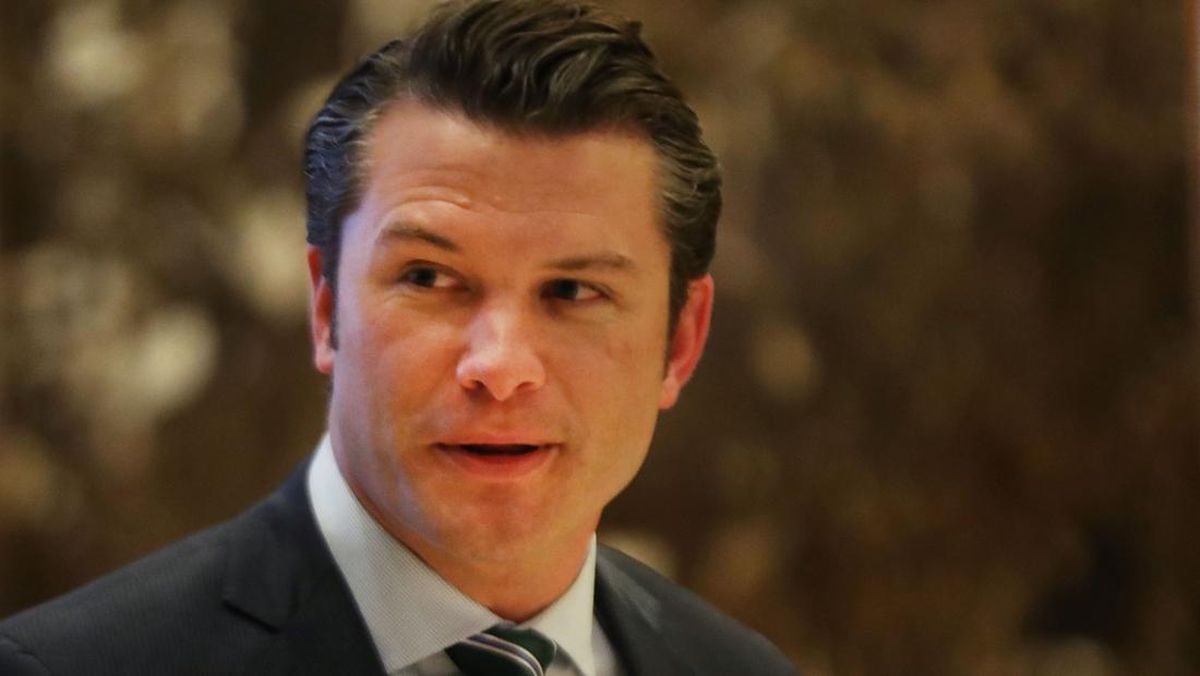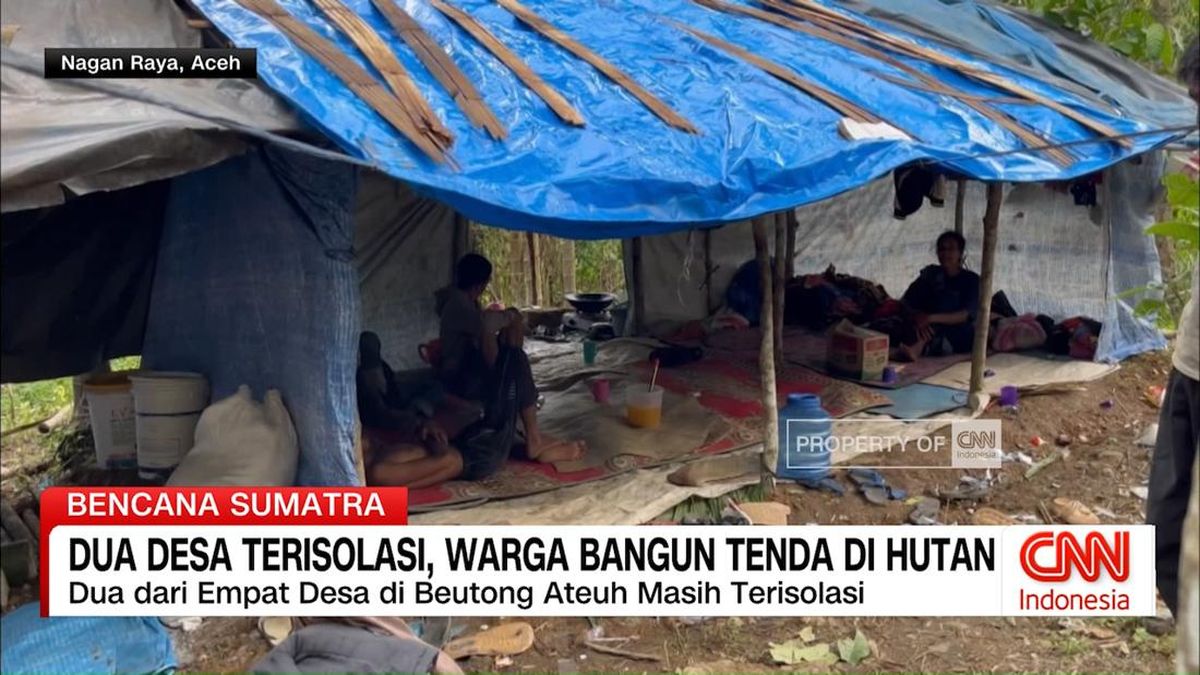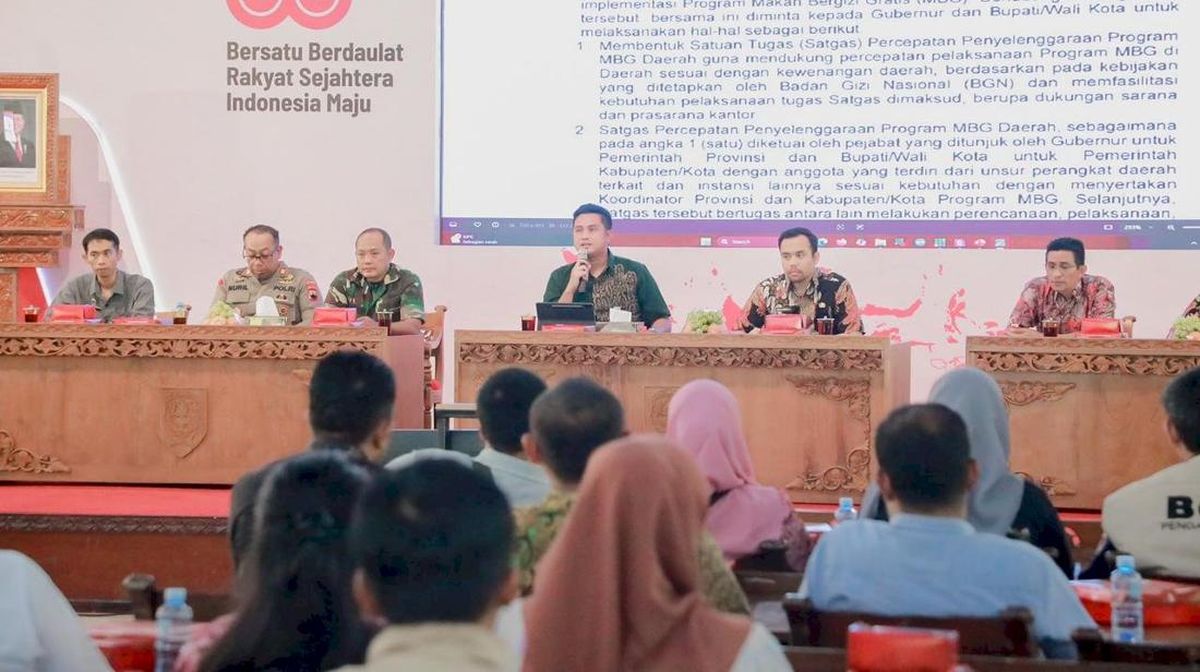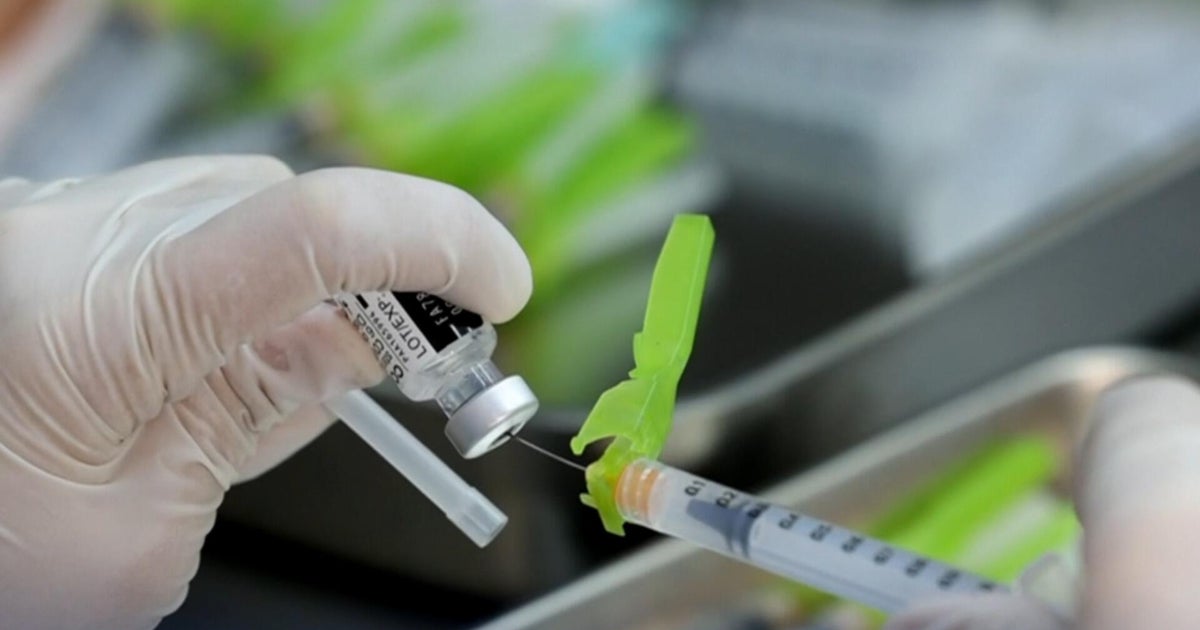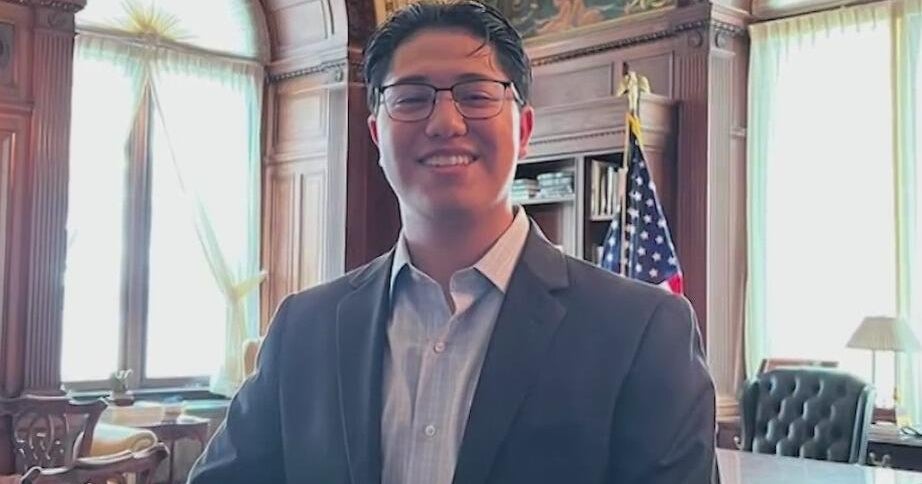
The Australian Synchrotron at Clayton.Credit: ANSTO / Supplied
About 10 per cent of the synchrotron’s 150 staff face losing their jobs, the scientists’ union, Professionals Australia, estimates.
“These beamlines primarily support fundamental science that gets done across Australia. And that fundamental science translates to solving research problems related to industry, it translates to Nobel Prize-winning discoveries,” said Professor Christopher Sumby, president of the Society of Crystallographers.
Among other research projects, the synchrotron is being used to study metal-organic frameworks, artificial crystals with extraordinary properties. Robson invented them in 1989, but researchers are only now starting to realise their potential as super-sponges, capable of sucking PFAS from water – or even CO2 from the atmosphere.
The hope was Australia could be at the forefront of commercialising Robson’s discovery, a dream boosted by the bestowing of the Nobel Prize earlier this month.
Science Minister Tim Ayres lauded the win on LinkedIn as “a tribute to the effectiveness and capability of Australia’s research sector” and “the sort of research that advances the Albanese Government’s Future Made in Australia agenda”.
Loading
Brendan Abrahams heard about his colleague’s Nobel win while news about the closures was still rippling through Australia’s scientific community.
“The irony is we have this great achievement of Australian science – and we’re cutting beamlines at the synchrotron,” he said.
“We’re so reliant on advanced technology to characterise new materials. If we don’t have that capability, I think it certainly sets us back. We are no longer at the forefront.”
ANSTO is also proposing to close a program funding local scientists to use international synchrotrons – meaning they would have no local or international access.
In documents released to staff, ANSTO described the changes as “sustainability measures”. The cuts are out for consultation, with a final decision to be made in December.
Loading
The proposed cuts drew a scathing reaction from the former head of the Lucas Heights neutron-scattering facility Professor Robert Robinson, who authored a stinging letter to Ayres on Tuesday decrying “long-standing failures in ANSTO’s unrelated nuclear medicine business”, “a long story of mismanagement”, and “a fattening up of ANSTO’s unproductive centralised bureaucracy”.
“No other nuclear organisation around the world is run by such a group of amateurs,” he wrote in the letter, obtained by this masthead.
Professor Marta Krasowska, past-chair of one of the synchrotron’s beamline advisory committees, described the potential closures as “a devastating blow to Australian science – one that cannot be undone”.
“The potential closure represents irreparable damage to Australia’s scientific capability and our ability to tackle the challenges that matter most to our future.”
The synchrotron is in the middle of a $100 million expansion to add eight new beamlines.
Federal funding for ANSTO has been increasing since at least 2016-17, from $312 million to $676 million in this year’s budget.
The organisation is building a new nuclear medicine facility and nuclear waste-processing facility at Lucas Heights and expanding the capabilities of several instruments housed there.
A spokeswoman for the agency said it was “committed to supporting long-term financial stability. To achieve this, the organisation has proposed changes to its capabilities, instruments, activities and staffing requirements, among other measures”.
“The outcome will be a stronger and more focused organisation,” she said.
Ayres’ office said he was aware of the cuts.
Professor Michael Preuss, president of the Australian Neutron Beam Users Group, argued in a letter sent to ANSTO’s executive that the beamline facilities were crucial for reaching net zero and supporting other national goals in defence and manufacturing.
“There’s no instrument which deserves to be shut down. They’re all performing at a world-class level,” Preuss said. “That’s evident from the fact that at least 50 per cent of the users actually come from overseas.”
The Examine newsletter explains and analyses science with a rigorous focus on the evidence. Sign up to get it each week.




